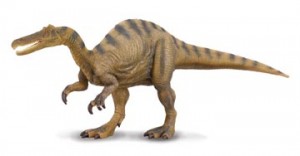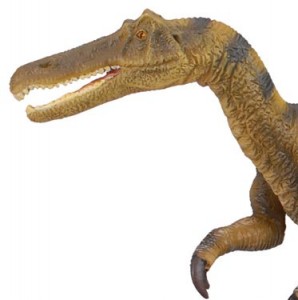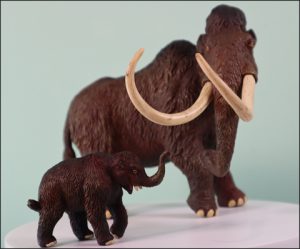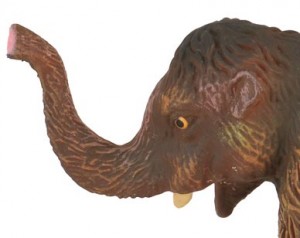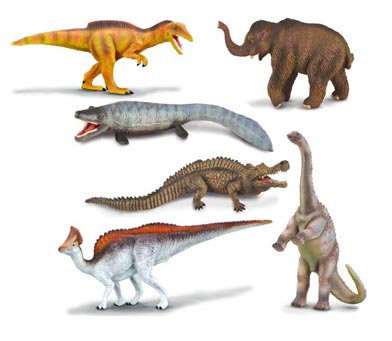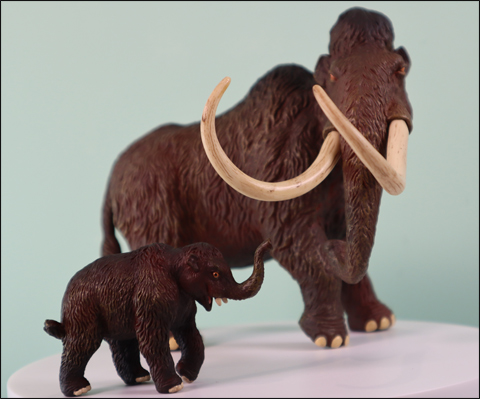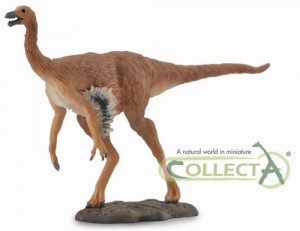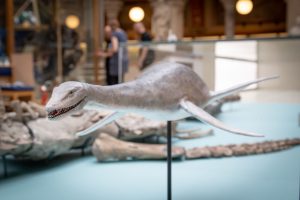Controversy over the Dinosaurs/Birds Link
New Research Questions “Birds Descended from Dinosaurs Theory”
For some time the theory that theropod dinosaurs gave rise to birds has been an accepted part of scientific thinking, a hypothesis that is largely believed by the majority of palaeontologists and academics. However, the exact relationship between Dinosauria and the Aves has to be determined. There are certainly enough common anatomical similarities to indicate an evolutionary relationship, but whether or not birds actually are the descendants of small, bipedal meat-eating dinosaurs has been questioned on numerous occasions.
Newly Published Research
A new research paper published in the scientific publication “The Journal of Morphology” provides a new perspective on this problem, one that was debated as long ago as the 1880s by eminent British scientists such as Huxley.
That birds may be the descendants of dinosaurs is perhaps of the most strongly accepted hypotheses in current evolutionary research. However, there is mounting evidence to suggest that the theory is simply not right, the interpretation of the relationship may be wrong and evidence has been published by the Oregon State University in the United States that asks scientists to reassess the dinosaur-bird link.
Because of the demands associated with powered flight, birds have a very unique physiology. Birds breathe very differently from mammals and reptiles. Their lungs are particularly efficient and have a circulation system that does not permit oxygenated air to mix with de-oxygenated air. These lungs are much more efficient than the lungs of a cold-blooded reptile such as a crocodile for example.
To read more about the structure of Avian lungs: Ideas on Dinosaur Breathing – A Breathe of Fresh Air.
In addition to very efficient lungs, birds have an immobile thigh bone. The locked femur has been known for some time, but the role it actually plays in aiding flight is the subject the new discovery from the Oregon University based team. The researchers found that there is a strong relationship between the immobile femur (thigh bone) and the air-sac structure of the lungs.
The researchers state there is a strong relationship between:
“the fixed position of bird bones and musculature that keeps their air-sac lung from collapsing when the bird inhales”.
An immobile femur is unique to birds, it is not seen in other vertebrates. According to Oregon State University’s John Ruben (Professor of Zoology) this work on the link between the femur and the lung structure may indicate that birds evolved alongside dinosaurs in the Mesozoic not directly from a specific SuperOrder such as Theropoda.
He stated that:
“This discovery probably means that birds evolved on a parallel path alongside dinosaurs, starting that process before most dinosaur species even existed”.
Theropod Dinosaurs
Understanding the lung function of dinosaurs is crucial in establishing the relationship between Aves and the Dinosauria. However, the lack of fossil evidence (limited soft tissue preserved), has prevented scientists from making progress in this particular field of research. Perhaps, the mummified hadrosaurine known as “Dakota” which seems to have a lot of soft tissue preserved may provide more data. This new research from the American team, challenges the accepted, current theory. Anatomical evidence from dinosaur fossil bones supports the theory that theropods had a mobile femur and as a result their lungs would have to be very differently structured to those of a bird.
Professor Ruben commented:
“Theropod dinosaurs had a moving femur and therefore could not have had a lung that worked like that in birds. Their abdominal air sac, if they had one, would have collapsed”.
The question arises therefore, that if birds did not descend from theropods, then where did they come from? There is evidence of birds in the fossil record from the post Callovian/Oxfordian faunal stages (Archaeopteryx lithographica), but there are very few fossils of birds in the known fossil record, even including those remarkable fossils from Liaoning Province in China. If birds are not really feathered, flying theropods then this theory from the American team would suggest that they are still related and that they evolved from a common ancestor – the reptilian thecodonts (Thecodontia).
Everything Dinosaur stocks a wide range of theropod dinosaur models including: Papo Dinosaurs.
The dinosaur-bird link will remain controversial and be debated for many years to come, until some of the new technology including genetic research provides more information about known fossils or a new fossil is found to provide a fresh perspective.


